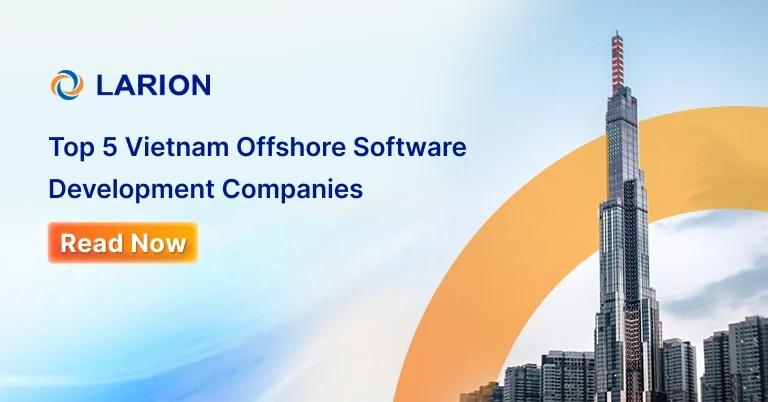With 2016 showing unrivaled growth in the mobile market, what does 2017 hold in store? We take a gander in this post.
As 2017 approaches, the major players in the space seem to be competing around a few common themes: artificial intelligence, augmented reality, and a focus on bringing high-end hardware in-house to showcase platform capabilities (the exception here is Apple, which has controlled its entire hardware line from the beginning).
I dive into predictions for platform owners Apple, Google, and Microsoft. In a new addition this year, I added Snap, Inc., which has proven to have larger ambitions beyond ephemeral image sharing.
Apple
Next year is the tenth anniversary of the iPhone, and I suspect Apple has big things in store. Rumors are already swirling on features and functions, but it’s likely we’ll see an OLED display. This will improve battery life since they don’t require a backlight, as well as allow for greater contrast. In addition, they will most likely change the naming scheme to celebrate the anniversary of the iPhone, perhaps calling it the iPhone 10. Finally, Apple may decide to make its iPhone and iPad displays “edge-to-edge” where the glass takes up the majority of the front of the device.
I cannot resist my temptation to bring up Apple’s lack of investments thus far in VR. Based on Tim Cook’s public comments, it seems that Apple is more focused on AR. Perhaps 2017 will bring announcements in that area. The W1 chip in the new AirPods is an impressive piece of tech and could pave the way for future Apple IoT devices. Another obvious move for Apple in the IoT space is to release a smart home speaker competitor to the Google Home and Amazon Echo. The speaker would leverage Siri for voice commands and HomeKit to interact with other devices.
I believe we are seeing a two-pronged approach from Google: invest and leverage their leading AI capabilities on the software side and move hardware in-house to streamline the experience. Recently Google has ramped up its hardware efforts with Google Home, Daydream View VR, Pixel Phones, Google WiFi, and new versions of Chromecast. A great example of this dual approach is the Google Assistant, an upgrade from Google Now capable of two-way conversations. The Assistant was included in the Google Home and Pixel devices. In 2017, expect to see the Google Assistant pushed out to a broader set of Android devices and new integrations into third-party services. We should also see updated versions of these new hardware devices.
Will there be a brand new type of hardware device announced? It’s doubtful given the new full lineup just announced this past October, but a prime contender would be Nest. They released an outdoor camera this past summer but have yet to expand beyond their Thermostat, Smoke Detector, and Camera offerings.
Finally, one last rumor worth mentioning is Andromeda. This is the rumored codename for a new OS from Google that combines Android and Chrome OS (or rather, it brings Chrome OS features into Android). This would serve to replace Chrome OS. The idea would be to have a unified platform, similar to Microsoft’s efforts with Windows 10. The cloud-centric features of Chrome OS are interesting and could mean Google is looking to make it easier to carry your digital identity across a plethora of devices. Rumors incorrectly suggested an Andromeda announcement during Google’s October event so perhaps we’ll see an announcement in 2017.
Microsoft
2017 is a critical year for Microsoft. They have failed in the phone market with less than 1% market share, took a $7.6 billion writedown on their Nokia acquisition, and laid off thousands of employees. It also looks like they will discontinue the Lumia brand. On the flipside, they have found success with their Surface brand, especially the Surface Pro. Most expect Microsoft to introduce a Surface Phone in 2017. Microsoft’s Continuum product makes this especially interesting since your phone becomes your mobile desktop capable of connecting to a larger monitor and input devices like a mouse and keyboard. It’s not clear where Microsoft goes in the smartphone market from here if the Surface Phone fails. They will, of course, continue to develop apps and services that work on iOS and Android. However, the lack of a smartphone footprint pigeonholes them in the productivity and business side of the market — lucrative, yes, but something that leaves them vulnerable to a competitor with mass hardware and software adoption on the consumer side.
Although Microsoft has yet to see adoption in the smartphone market, they are also trying to leapfrog it entirely with their investments in the Hololens. If this type of wearable is the future of computing (and telecommunications), then they will be well positioned for the future.
Snap
We’re seeing initial hype and traction from Snap, Inc. and their Spectacles product. 2017 should bring wider distribution of the video recording sunglasses. The product is currently not integrating into Snapchat’s other augmented reality features (“lenses” for faces and “world lenses”) but expect this to change. It’s unlikely that 2017 will bring a version of Spectacles that overlays these in real-time on the glasses themselves (à la Magic Leap). I think what’s important is that Snap is starting with a simple use case and training consumers to use connected tech wearables. This change in consumer behavior and simple use case is what really hurt the rollout of Google Glass, which never made it beyond the very early adopter stage for consumers. This should benefit the broader industry as wearable computing moves mainstream.
Conclusion
As artificial intelligence platforms open up and investments continue in wearable computing, we’re just scratching the surface of these brand new technologies. 2017 should be an exciting year!
Link:
https://dzone.com/articles/2017-mobile-predictions




